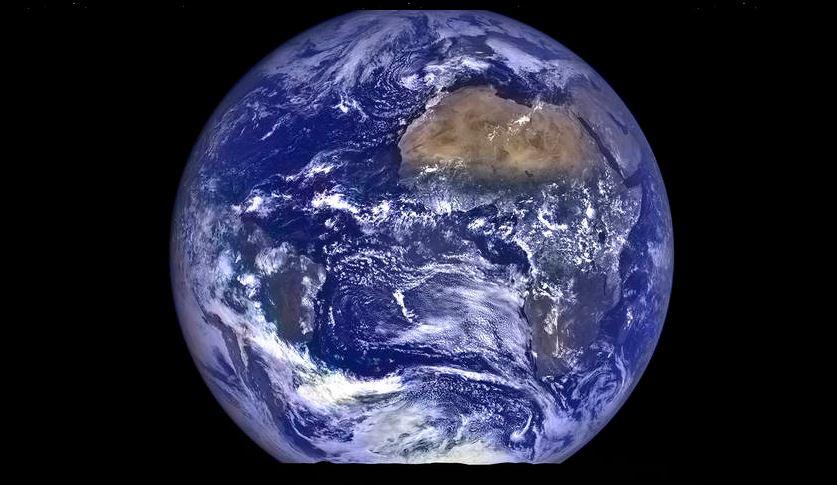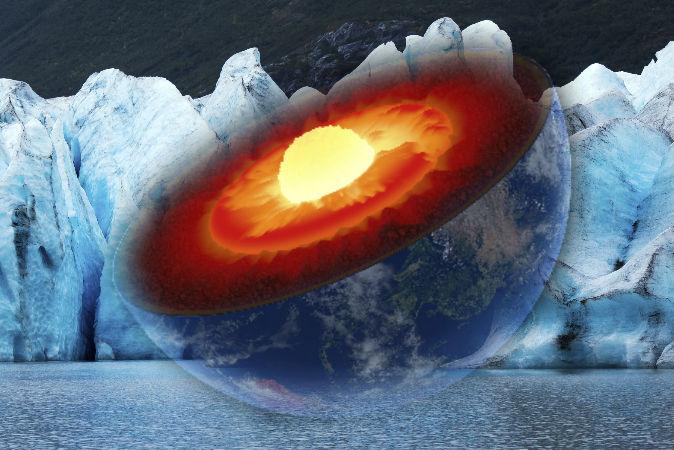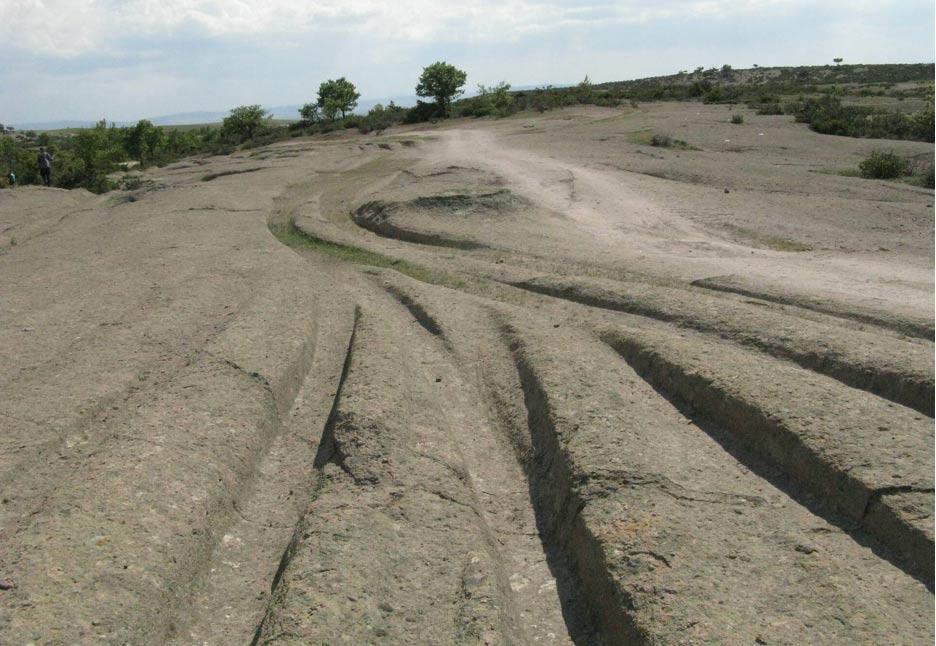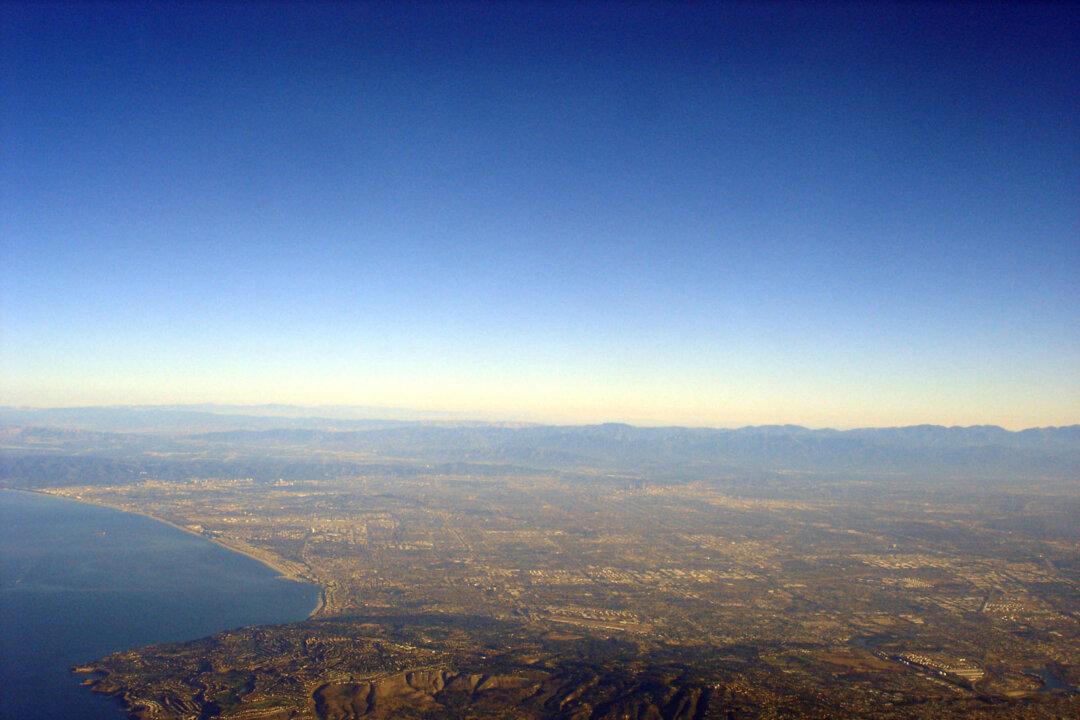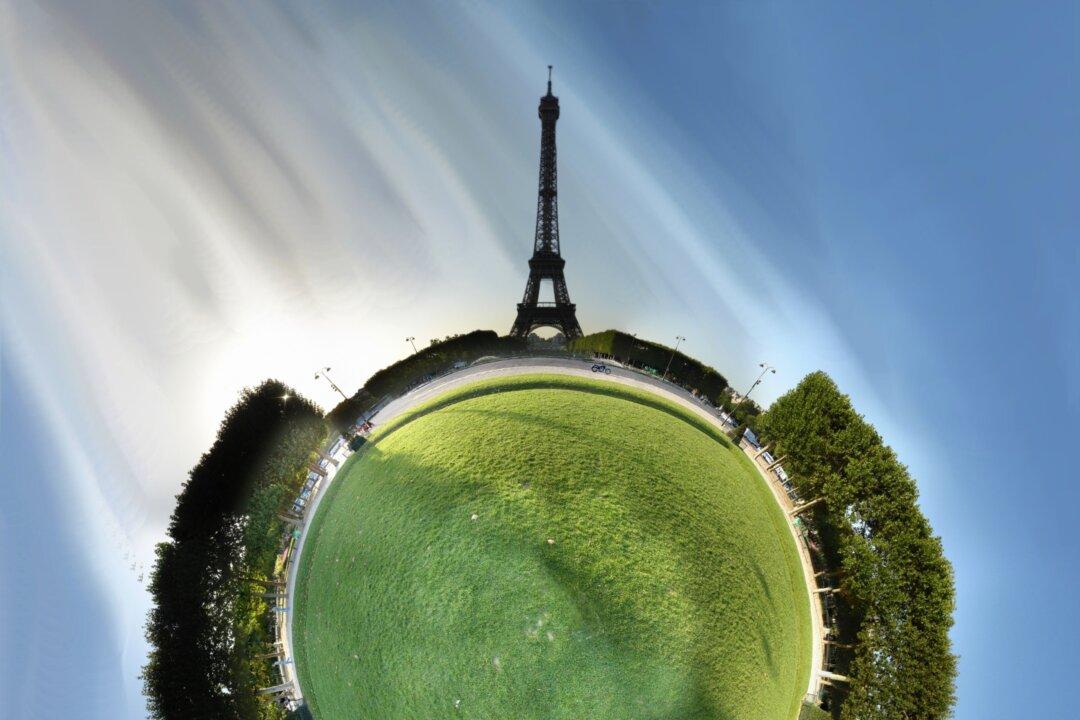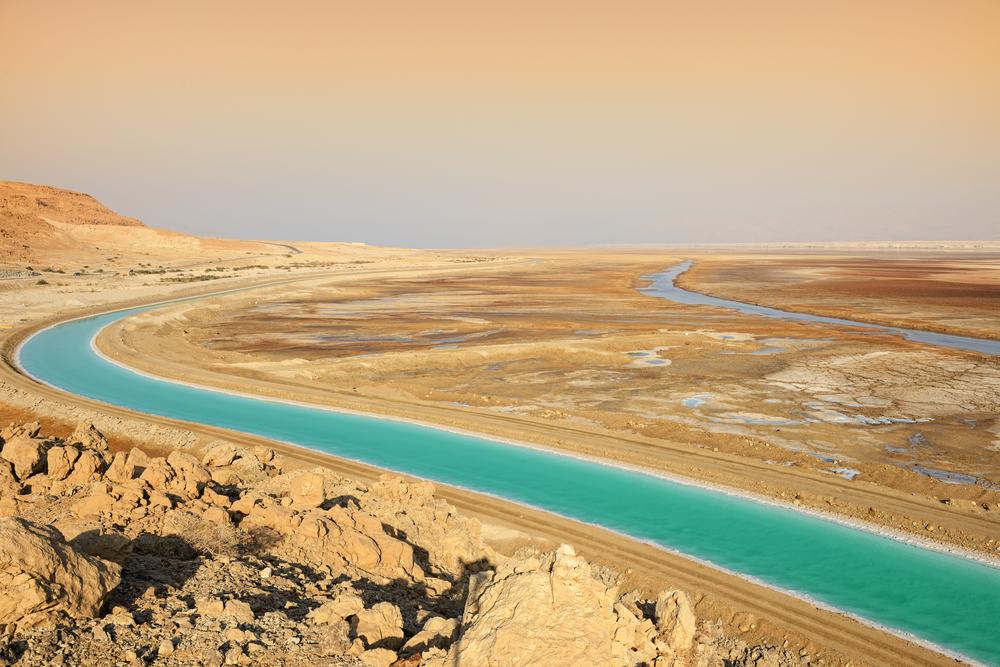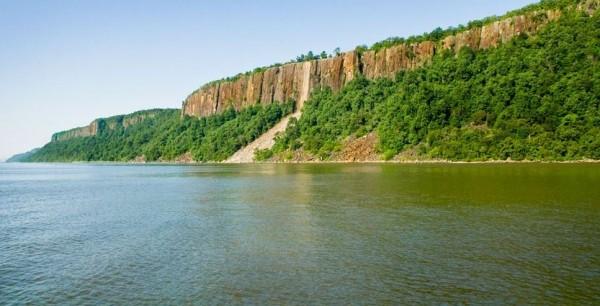Focus
geology
Scientists Ready to Declare a New Geological Epoch
Officially, the world is still in the Holocene Epoch, a geology-related category spanning roughly from 9,700 B.C. to the present day, but geologists have toyed with a new concept in recent years, and are now taking steps to make it official.
|
A Vast Ocean Inside the Earth: The Deep Unknown
The center of the Earth may be a lot different than you think.
|
Stonehenge May Have Been in Wales, Then Dismantled and Moved
“It is ... likely that the stones were first used in a local monument, somewhere near the quarries, that was then dismantled and dragged off to Wiltshire.” -Archaeologist Mike Parker Pearson
|
Controversial Claim by Geologist: Mysterious Tracks in Turkey Left by Civilization Millions of Years Ago
Geologist Dr. Alexander Koltypin hypothesizes that prehistoric ruts in stone were left by heavy-duty ancient vehicles—not light chariots or wagons.
|
Helium Surprisingly Leaking From California Fault—New Source of Safer Nuclear Energy?
Researchers at the University of California–Santa Barbara announced Monday that they found a surprising helium-3 leak along a fault zone in the Los Angeles Basin.
|
Eternal Flames: Geologists Investigate Ancient Myths to Know More About Modern Fuel
The ever-burning flames of legend not only reveal the spiritual and cultural rituals of the past, but can also give clues related to modern geology and current gas seepage.
|
What Does It Mean to Preserve Nature in the Age of Humans?
Is the Earth now spinning through the “Age of Humans?” More than a few scientists think so.
|
Britain’s Atlantis, Lyonnesse: The Sunken Land of Arthurian Legend
Off the coast of Cornwall, at the southern tip of the UK, on a clear day, the Isles of Scilly can be seen at some distance. Those islands, some say, are the peaks of a sunken land that was a prosperous kingdom in the days of yore.
|
Siberian Exploding Holes Could Be Key to Bermuda Triangle: Scientists
Mysterious holes that opened in Siberia this summer had people blaming aliens, meteorites, and missiles. Scientists say it may be gas, and the same phenomenon could be at work in the Bermuda Triangle.
|
The Human Skull That Challenges the Out-of-Africa Theory
This is the account of the discovery of a skull that has the potential to change what we know about human evolution, and a suppression and cover-up which followed.
|
Changes in Earth’s Landscape Are Mathematically Ordered, Not Random: Stanford Study
Decades of research on landscape formation have relied on a theory now proven false, according to Stanford scientists. The formation is not mathematically random, it has a pattern.
|
Growth Spurts Over Millions of Years Formed Andes
The Altiplano plateau in the central Andes—and most likely the entire mountain range—was formed through a series of rapid growth spurts, rather than a continuous gradual uplift, new research shows.
|
Out of Place in Time: 500-Million-Year-Old Vessel?
Did rock form around this man-made vessel 500 million years ago or were those who found it mistaken?
|
Scientists Ready to Declare a New Geological Epoch
Officially, the world is still in the Holocene Epoch, a geology-related category spanning roughly from 9,700 B.C. to the present day, but geologists have toyed with a new concept in recent years, and are now taking steps to make it official.
|
A Vast Ocean Inside the Earth: The Deep Unknown
The center of the Earth may be a lot different than you think.
|
Stonehenge May Have Been in Wales, Then Dismantled and Moved
“It is ... likely that the stones were first used in a local monument, somewhere near the quarries, that was then dismantled and dragged off to Wiltshire.” -Archaeologist Mike Parker Pearson
|
Controversial Claim by Geologist: Mysterious Tracks in Turkey Left by Civilization Millions of Years Ago
Geologist Dr. Alexander Koltypin hypothesizes that prehistoric ruts in stone were left by heavy-duty ancient vehicles—not light chariots or wagons.
|
Helium Surprisingly Leaking From California Fault—New Source of Safer Nuclear Energy?
Researchers at the University of California–Santa Barbara announced Monday that they found a surprising helium-3 leak along a fault zone in the Los Angeles Basin.
|
Eternal Flames: Geologists Investigate Ancient Myths to Know More About Modern Fuel
The ever-burning flames of legend not only reveal the spiritual and cultural rituals of the past, but can also give clues related to modern geology and current gas seepage.
|
What Does It Mean to Preserve Nature in the Age of Humans?
Is the Earth now spinning through the “Age of Humans?” More than a few scientists think so.
|
Britain’s Atlantis, Lyonnesse: The Sunken Land of Arthurian Legend
Off the coast of Cornwall, at the southern tip of the UK, on a clear day, the Isles of Scilly can be seen at some distance. Those islands, some say, are the peaks of a sunken land that was a prosperous kingdom in the days of yore.
|
Siberian Exploding Holes Could Be Key to Bermuda Triangle: Scientists
Mysterious holes that opened in Siberia this summer had people blaming aliens, meteorites, and missiles. Scientists say it may be gas, and the same phenomenon could be at work in the Bermuda Triangle.
|
The Human Skull That Challenges the Out-of-Africa Theory
This is the account of the discovery of a skull that has the potential to change what we know about human evolution, and a suppression and cover-up which followed.
|
Changes in Earth’s Landscape Are Mathematically Ordered, Not Random: Stanford Study
Decades of research on landscape formation have relied on a theory now proven false, according to Stanford scientists. The formation is not mathematically random, it has a pattern.
|
Growth Spurts Over Millions of Years Formed Andes
The Altiplano plateau in the central Andes—and most likely the entire mountain range—was formed through a series of rapid growth spurts, rather than a continuous gradual uplift, new research shows.
|
Out of Place in Time: 500-Million-Year-Old Vessel?
Did rock form around this man-made vessel 500 million years ago or were those who found it mistaken?
|





